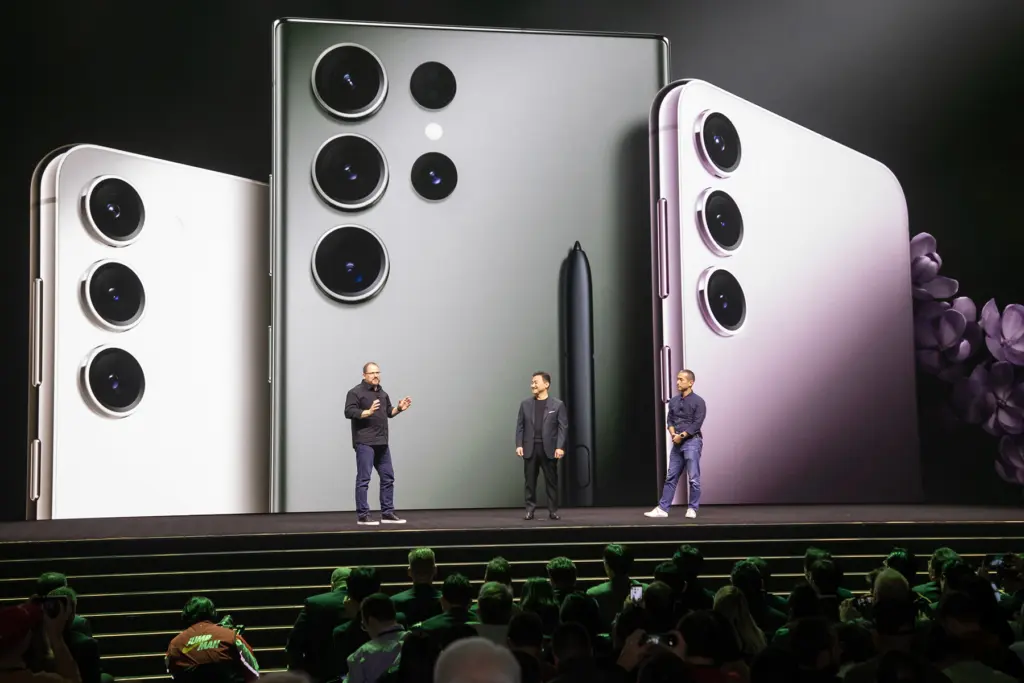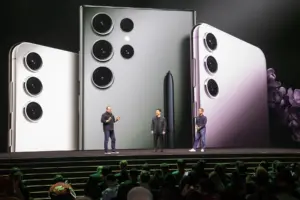The universe of tech blogs and social media commentators that jumps on the lightest of tech rumors and amplifies them enormously, has been talking up the possible leak of information about a Samsung Galaxy S24 unpacking launch to be held in early 2024, on Apple’s doorstep (San Francisco, which is still a bit of drive in traffic from the company’s HQ).

A few points of interest about the S24 that may have some bearing: the display is going to be a 2,500 nits LTPO (low-temperature polycrystalline oxide) OLED display, be powered by a Qualcomm Snapdragon 8 Gen 3 platform or Exynos 2400 (depending on the model), and it will have more memory than Apple’s iPhone 15 Pro line-up as well. Samsungs Mobile Experience (MX) division, which manages the smartphone business, is a big driver of profits for the company, as a whole, while the company’s semiconductor and memory businesses suffer big losses. The last unpacking launch was the successful one held in Seoul last July in which the company launched the Z Flip and Fold 5, the S9 tablet and Watch 6.
Samsung did launch the Galaxy S23 line in San Francisco last February so, I may have gone too click-bait on the headline, but I was really thinking about the display upgrade. LTPO is Apple’s thing, and Samsung is Apple’s most reliable supplier on displays right now. LTPO is an improved version of LTPS (low-temperature polycrystalline silicon) used on the Galaxy S23s. Both use a backplane made of polycrystalline silicon, but LTPO has better power efficiency.
The key advantage of LTPO is that it allows for a variable refresh rate (VRR), while LTPS has a fixed refresh rate. LTPO can dynamically adjust the refresh rate from 1Hz to 120Hz based on the content being displayed to save power. This variable refresh rate allows LTPO displays to offer lower power consumption, especially for static content. This results in improved battery life compared to LTPS.
So, maybe I was not as click-bait focused as I thought. Maybe Samsung is showing Apple that it can match it toe-to-toe on technology. That should irk Apple as it hands over wads of cash to Samsung for its iPhone 15 displays. However, there may be more to it. Samsung’s new Exynos 2400 is a 4nm chip, not the 3 nm process adopted by Apple for the A17s in the iPhone 15 Pro models, and while Samsung’s been having some issues with yields, and performance on its processor, the appearance of the 2400 on the S24 Pro and Ultra may count as a gentle “boop.” Apple being ahead on mobile silicon may be hurting Samsung’s semiconductor pride, as it should, but if the Exynos 2400 delivers its 70% improvement over previous generations, it may restore some of the shine to the company’s chip business.
It seems like the MX division is in the driving seat for now, in every sense of the word. That is probably irking Apple, too, as it shovels all that loot into Samsung’s coffers.

